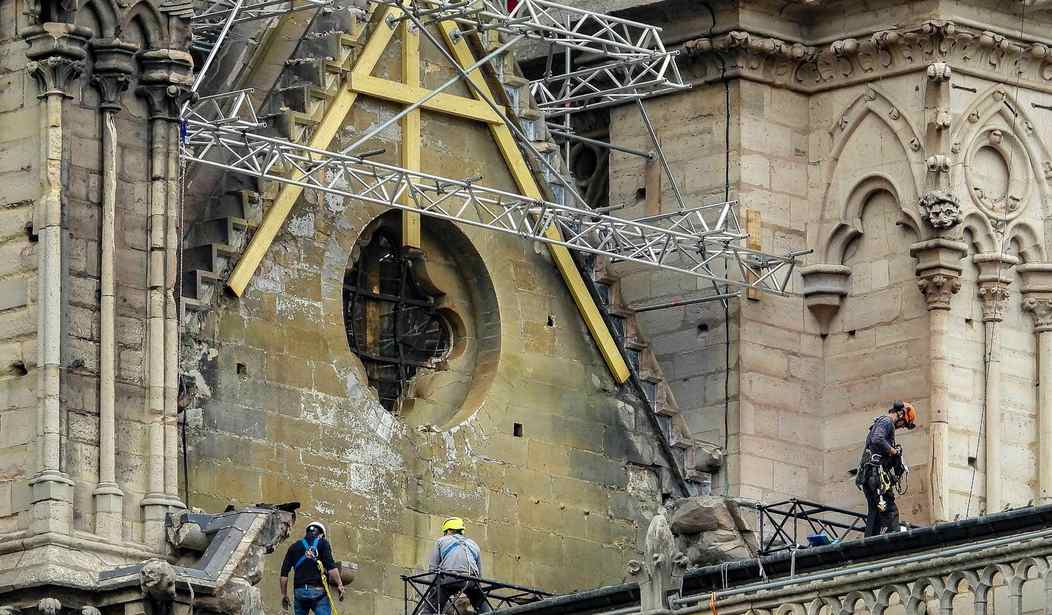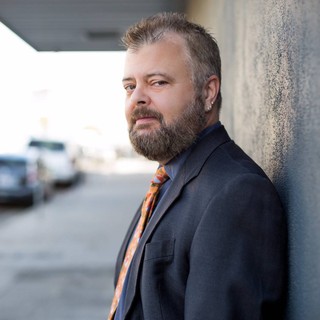Almost immediately after April’s devastating fire at the iconic Notre Dame Cathedral in Paris, the French government announced that there would be an international competition among architects for rebuilding the church.
Although the cathedral is still a Catholic church, it is actually owned by the French government.
A secular bureaucracy seeking modern architectural ideas for rebuilding a sacred Gothic cathedral…what could go wrong?
This:
The rebuilt Notre Dame could feature a futuristic glass design, solar power, and an urban farm that supports vulnerable and homeless Parisians, if one architecture firm's vision is realized https://t.co/epovaA09nC pic.twitter.com/wjySUc1PUT
— CNN (@CNN) May 10, 2019
This abomination is the vision of Belgian architect Vincent Callebaut, whose website touts his accomplishments in “sustainable architecture,” including being called “the best eco-utopian architect” by Time magazine.
Elsewhere on his site, Callebaut clarifies his views a bit:
Notre-Dame cathedral, which has been keeping watch on Christian and Western culture since the beginning of its construction eight centuries ago, nearly saw its end in the historic fire that devoured its roofs as we watched on in disbelief. Reflecting the all-spiritual splendor of our material and sacred heritage, this sublime lady has undoubtedly reminded us of the frailty of our life and our civilization.
What is more, this powerful fire has awakened our dystopian imagination and somewhat echoed the Church’s current identify (sic) crisis, as well as the environmental challenges we are facing through climate change.
Now, as we start thinking about Notre-Dame’s reconstruction, questions arise as to how we can architecturally summarize the human intelligence of our era and depict the prospects of Catholicism. More specifically: How can we write the contemporary history of our country, but also that of science, art and spirituality together? For it is hardly enough to reproduce the past as it used to be; we must project ourselves towards a desirable future, conveying to the world the thirst for transcendence that propels human beings.
Thus, we seek to present a transcendent project, a symbol of a resilient and ecological future that offers the city Paris a set of solutions inspired by biomimicry, defined here as a common ethic for a fairer symbiotic relationship between humans and nature.
He pays lip service to all of the right things, then goes off the rails with the “eco-utopian” nonsense.
Callebaut’s proposal looks like he’s turning an abandoned church into a retail space. There is nothing transcendent about it. One friend of mine on Twitter summed it up perfectly:
Glass and steel edifices are disposable buildings for a disposable culture. Cathedrals like Notre Dame are testaments to a belief that we can aspire for as close to everlasting as humanly possible.
— Jay (@OneFineJay) May 11, 2019
If you are the kind of person who is disappointed that the Notre Dame Cathedral didn’t have a “Hot Dog on a Stick” inside, Callebaut’s proposal should thrill you.
If, on the other hand, you are the type who wonders what the heck “biomimicry” has to do with one of the most iconic houses of worship on the planet, you may be in for a lot of disappointment.









Join the conversation as a VIP Member